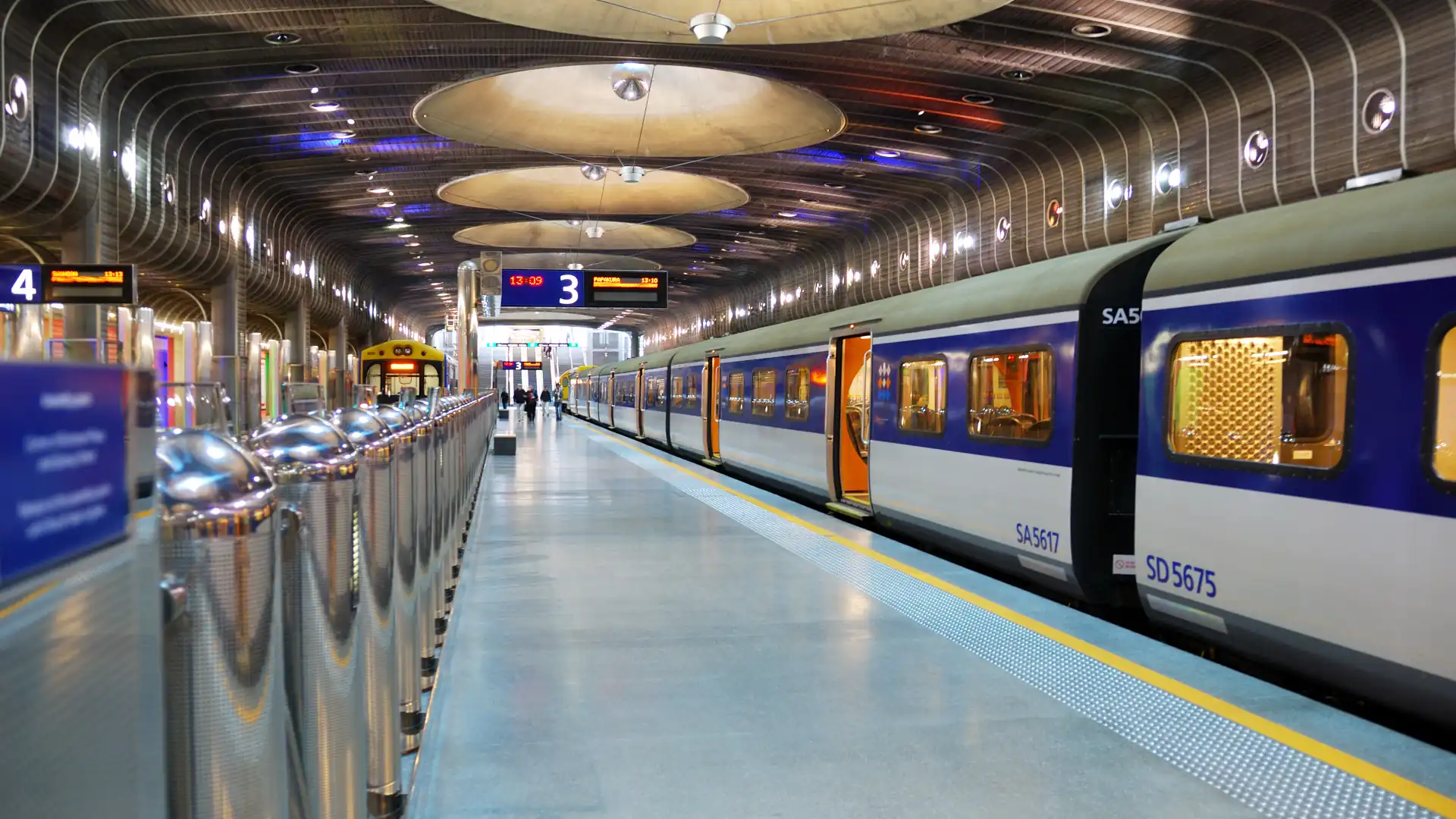New Zealand is known for having one of the lowest rates of public transport use in the world, despite a nationwide dedication to creating more walkable and publicly accessible cities. Aside from the environmental impact, this high rate of private vehicle usage contributes significantly to traffic congestion. As any Aucklander knows, traffic regularly plagues the city centre and the motorways surrounding the CBD, and this trend continues in other cities around the country.
But what’s the solution? How can public transport reduce traffic congestion? As experts in road-safe traffic management, we have a few recommendations. In this blog post, we’re covering the debate between public transportation and private transportation, the challenges presented by both, and our recommendations for improving the Kiwi public transportation system.
The Current Situation: Public Transportation vs Private Transportation in NZ
According to the Ministry of Transport, the majority of travel conducted in New Zealand is done by car, by quite a large margin. Auckland and Wellington, the two largest cities in the country, also have the highest rates of public transport use (capping out at an unimpressive 4%). Most complaints about the current public transport system are that it takes too long and tends to be unreliable. Another challenge is that there are fewer services running from highly populated areas to more rural areas, which encourages a high rate of driving in these regions.
Unfortunately, the large number of people driving on Kiwi roads leads to higher rates of traffic congestion. This is one of the main reasons why more widespread public transport could help reduce traffic. Public transport is inherently more space-efficient than private vehicles.
A single bus can hold around 50 people, potentially replacing 50 cars on the road that would otherwise add to congestion. Similarly, a train can transport hundreds of passengers in one trip, significantly reducing the number of individual vehicles needed. By moving more people with fewer vehicles, public transport reduces the overall demand on road space, which can help decrease traffic congestion.
So, how do we make this a reality? How do we tackle a problem that has affected Kiwi cities for decades? Here are a few ideas.
Recommendations for Traffic Reduction with Public Transportation
Enhance Public Transport Infrastructure
Continued investment in infrastructure projects like the City Rail Link and expanding bus lanes will make public transport a more attractive option for people travelling to the city. Currently, the public transport system has an unfortunate reputation as a slow or unreliable way to get around, so faster and more efficient services could encourage more people to switch from driving to taking the bus or train.
This includes the regulation of ferries, buses, and trains, as well as the incorporation of technologies like smart micro radar systems to help detect and manage traffic accumulation in high-congestion areas.
Incentivise Public Transport Use
Let’s face it: driving is currently more incentivised than taking public transport. It offers privacy, the freedom to follow a personal schedule, and a comfortable environment. But there are ways to make public transport the more appealing option.
Offering incentives like discounted fares, free transfers, or employer-subsidised public transport passes can encourage more Kiwis to use public transport regularly. These small incentives can make public transport not only affordable but also more attractive.
Promote Active Transport Options
Public transport in New Zealand also faces a bit of an image problem, which can be addressed by promoting active transport options, such as walking and cycling, for travellers who need to go short distances.
Encouraging these options can significantly reduce the number of cars on the road, but it requires some infrastructure changes. We recommend developing more bike lanes and pedestrian-friendly areas to support these environmentally friendly alternatives.
Since New Zealand has a varied landscape, multiple modes of public transport are needed to make it work. Ferries, buses, trains, and even rentable scooters are all examples of ways that cities get people moving.
As you can see, traffic congestion is an issue that affects every Kiwi. The right solutions will require a balanced approach that considers the unique transportation needs of both urban and rural areas. In the debate of public transportation vs. private transportation, it’s clear that public transport has the potential to reduce traffic congestion—but some extra steps are needed first. From our point of view, every improvement is worth it for the frustrated driver trapped on the motorways during rush hour.
Speak with the experts at TSL about road-safe traffic management.
At TSL, we’re proud to have a range of traffic management products to help Kiwis get where they’re going faster, safer, and with minimal stress. We also offer infrastructure management and consultancy. For civil and commercial traffic management, look no further than the team at TSL for all your needs.

